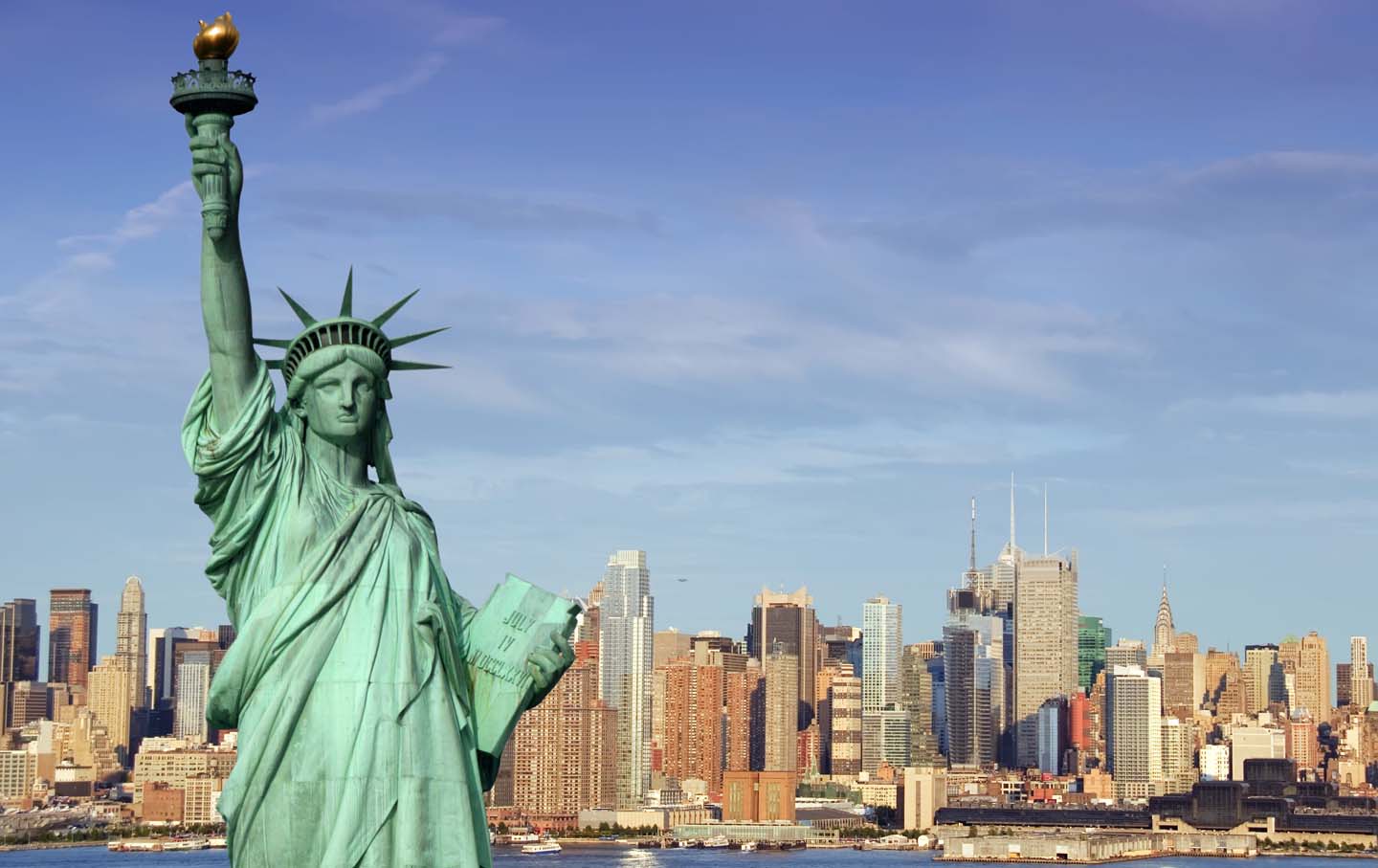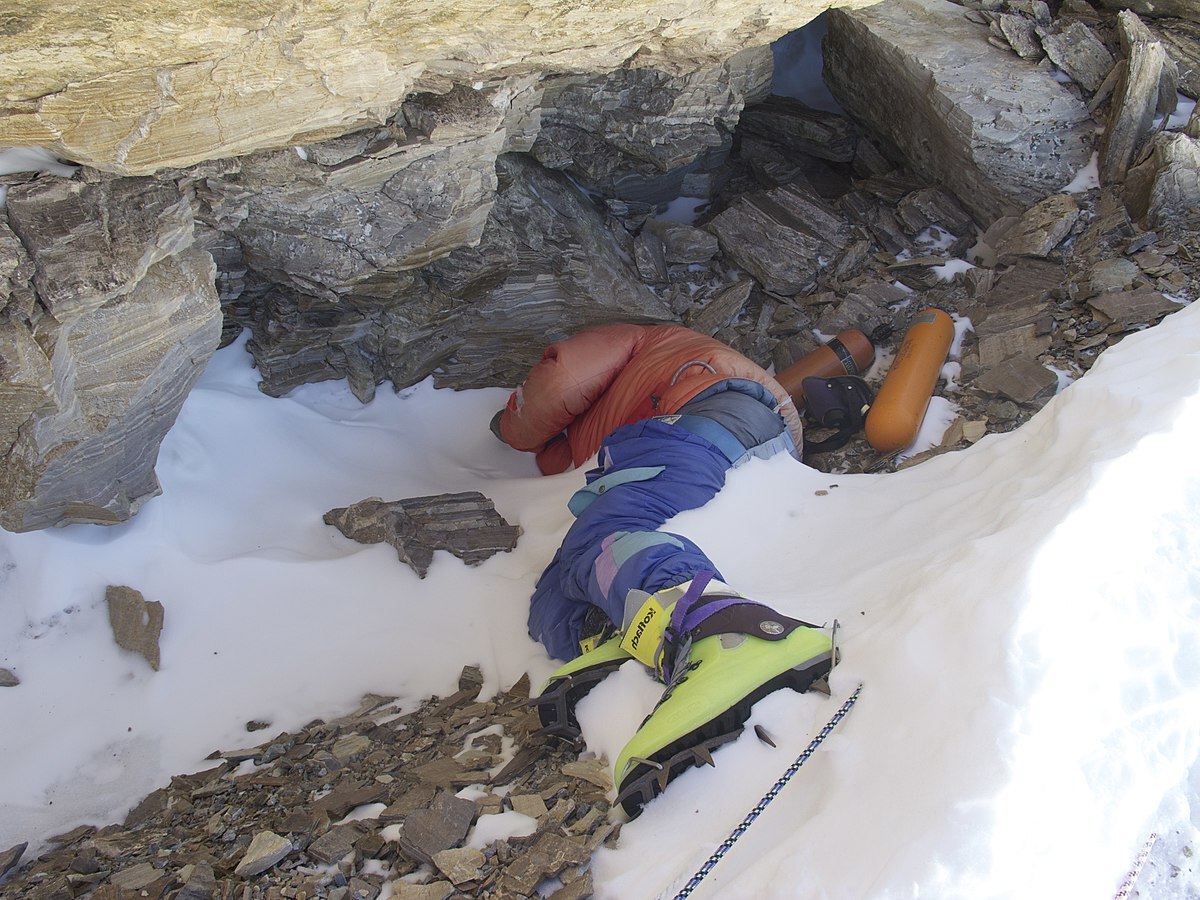
What were the deadliest days in American history? From battles to natural disasters, some days have left an indelible mark on the nation. September 11, 2001, stands out with the tragic terrorist attacks that claimed nearly 3,000 lives. December 7, 1941, saw the attack on Pearl Harbor, resulting in over 2,400 deaths. The Battle of Antietam on September 17, 1862, remains the bloodiest single day in American military history, with around 23,000 casualties. Natural disasters like the Galveston Hurricane on September 8, 1900, killed an estimated 6,000 to 12,000 people. These days remind us of the fragility of life and the resilience of the human spirit.
Key Takeaways:
- The Battle of Antietam holds the grim title of the deadliest single day in American history, with approximately 22,717 casualties. It also led to the establishment of the first national cemeteries.
- The attack on Pearl Harbor on December 7, 1941, propelled the United States into World War II, resulting in 2,403 American deaths and 1,178 wounded. President Roosevelt famously called it "a date which will live in infamy."
The Deadliest Day in American History: The Battle of Antietam
The Battle of Antietam, fought on September 17, 1862, during the Civil War, holds the grim title of the deadliest single day in American history. This battle saw unprecedented carnage and left a lasting impact on the nation.
- The Battle of Antietam resulted in approximately 22,717 casualties, including dead, wounded, and missing soldiers.
- It marked the first major battle on Northern soil, taking place near Sharpsburg, Maryland.
- The battle ended in a tactical draw, but it gave President Abraham Lincoln the confidence to issue the preliminary Emancipation Proclamation.
- Antietam is also known as the Battle of Sharpsburg, especially in the Southern United States.
- The bloodshed at Antietam was so severe that it led to the establishment of the first national cemeteries.
The Attack on Pearl Harbor: A Day of Infamy
December 7, 1941, is another day etched in American memory due to the surprise attack on Pearl Harbor by the Japanese Imperial Navy. This event propelled the United States into World War II.
- The attack on Pearl Harbor resulted in 2,403 American deaths and 1,178 wounded.
- Eight U.S. Navy battleships were damaged, with four being sunk.
- The attack lasted just 110 minutes, from 7:55 a.m. to 9:45 a.m.
- President Franklin D. Roosevelt famously called it "a date which will live in infamy" in his speech to Congress.
- The following day, the United States declared war on Japan, officially entering World War II.
The Galveston Hurricane of 1900: Nature's Wrath
Natural disasters have also claimed numerous lives in American history. The Galveston Hurricane of 1900 remains the deadliest natural disaster in the United States.
- The hurricane struck Galveston, Texas, on September 8, 1900.
- It claimed between 6,000 and 12,000 lives, with most estimates around 8,000.
- Winds reached speeds of up to 145 miles per hour, making it a Category 4 hurricane.
- The storm surge inundated the island, destroying over 3,600 homes.
- The disaster prompted the construction of a seawall to protect Galveston from future storms.
The September 11 Attacks: A Modern Tragedy
The terrorist attacks on September 11, 2001, are among the most recent and devastating events in American history. These attacks changed the course of the 21st century.
- Nearly 3,000 people were killed in the attacks on the World Trade Center, the Pentagon, and United Flight 93.
- The attacks were carried out by 19 terrorists associated with the extremist group al-Qaeda.
- The World Trade Center's Twin Towers collapsed within two hours of being struck by hijacked planes.
- The Pentagon, the headquarters of the U.S. Department of Defense, was also severely damaged.
- The attacks led to the War on Terror and the subsequent invasions of Afghanistan and Iraq.
The San Francisco Earthquake of 1906: Shaking the Foundations
The San Francisco Earthquake of 1906 was a catastrophic event that reshaped the city and its history. The earthquake and subsequent fires caused widespread destruction.
- The earthquake struck on April 18, 1906, at 5:12 a.m.
- It had an estimated magnitude of 7.9 on the Richter scale.
- The disaster resulted in over 3,000 deaths and left more than 250,000 people homeless.
- Fires that broke out after the quake burned for several days, destroying about 80% of the city.
- The earthquake caused an estimated $400 million in damages, equivalent to over $10 billion today.
The Battle of Gettysburg: Turning Point with Heavy Losses
The Battle of Gettysburg, fought from July 1 to July 3, 1863, was a pivotal moment in the Civil War with significant casualties.
- The battle resulted in approximately 51,000 casualties, including dead, wounded, and missing soldiers.
- It is considered the turning point of the Civil War, with the Union Army's victory halting General Robert E. Lee's invasion of the North.
- The battle took place in and around the town of Gettysburg, Pennsylvania.
- President Lincoln delivered the famous Gettysburg Address four months later, honoring the fallen soldiers.
- The battlefields of Gettysburg are now a national park and a symbol of American sacrifice.
The Influenza Pandemic of 1918: A Silent Killer
The Influenza Pandemic of 1918, also known as the Spanish Flu, was one of the deadliest pandemics in history, affecting millions worldwide.
- The pandemic struck in three waves, with the second wave being the deadliest.
- It infected about one-third of the global population, including 25% of the U.S. population.
- In the United States, it caused an estimated 675,000 deaths.
- The virus spread rapidly due to World War I troop movements and crowded conditions.
- Unlike typical flu viruses, the 1918 strain disproportionately affected young, healthy adults.
The Oklahoma City Bombing: Domestic Terrorism Strikes
The Oklahoma City bombing on April 19, 1995, was a shocking act of domestic terrorism that claimed many lives and left a lasting impact on the nation.
- The bombing of the Alfred P. Murrah Federal Building resulted in 168 deaths, including 19 children.
- Over 600 people were injured in the blast.
- The attack was carried out by Timothy McVeigh and Terry Nichols, who were motivated by anti-government sentiments.
- The explosion caused extensive damage to the surrounding area, destroying or damaging 324 buildings.
- The Oklahoma City National Memorial now stands at the site, honoring the victims and survivors.
Reflecting on America's Darkest Days
Understanding the deadliest days in American history gives us a deeper appreciation for the resilience and strength of the nation. From the Civil War battles to the 9/11 attacks, these events have shaped the country's identity and its approach to security and unity. Each tragic day serves as a reminder of the sacrifices made and the importance of learning from the past. By remembering these moments, we honor those who lost their lives and ensure that their stories are not forgotten. History, though often painful, provides valuable lessons that guide us toward a better future. Let's continue to reflect on these days, not just as dates on a calendar, but as pivotal moments that have defined the American spirit.
Frequently Asked Questions
Was this page helpful?
Our commitment to delivering trustworthy and engaging content is at the heart of what we do. Each fact on our site is contributed by real users like you, bringing a wealth of diverse insights and information. To ensure the highest standards of accuracy and reliability, our dedicated editors meticulously review each submission. This process guarantees that the facts we share are not only fascinating but also credible. Trust in our commitment to quality and authenticity as you explore and learn with us.


